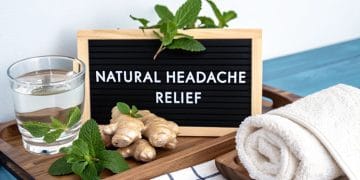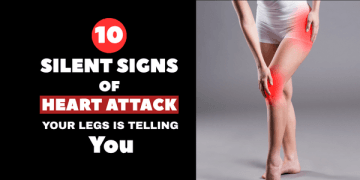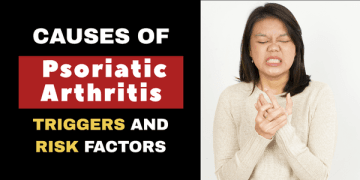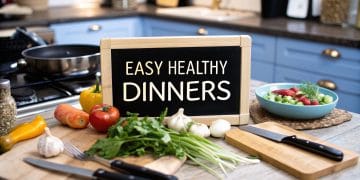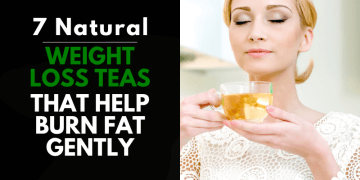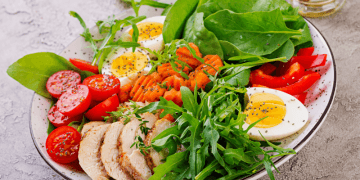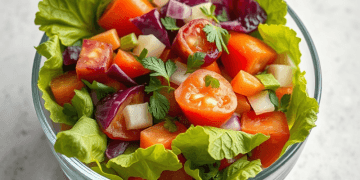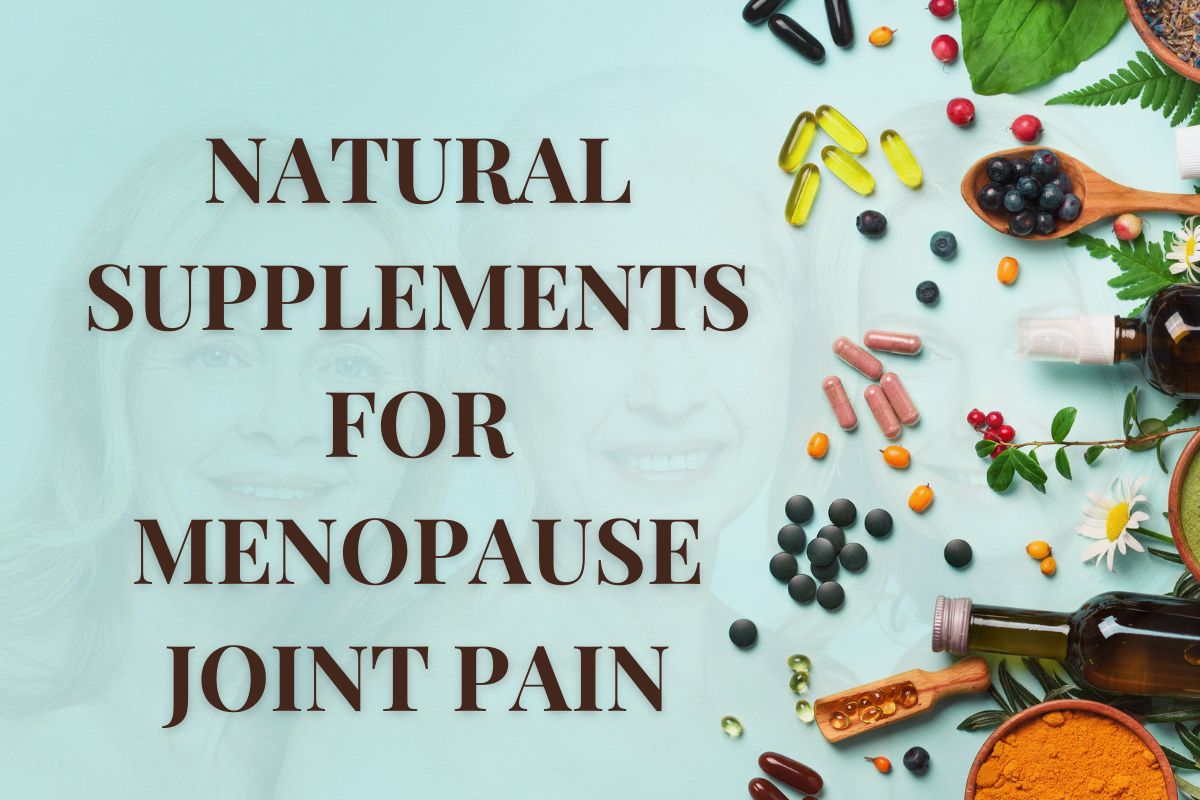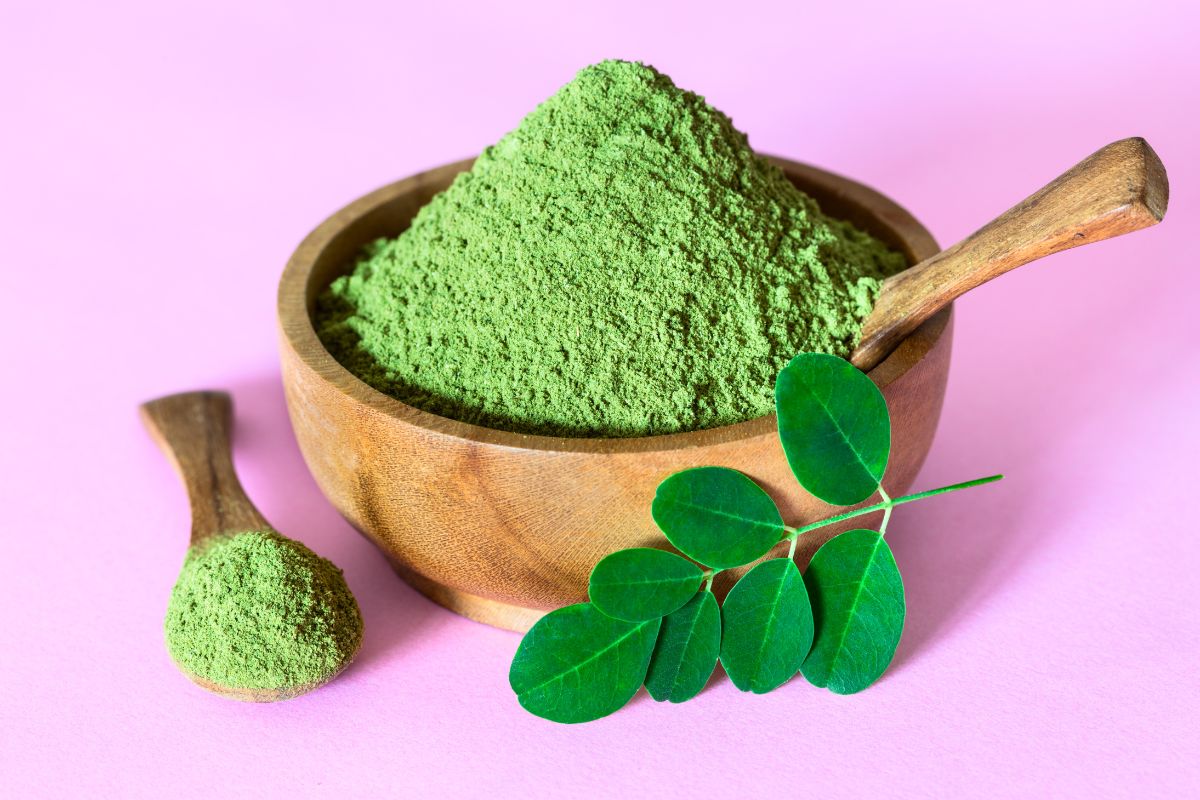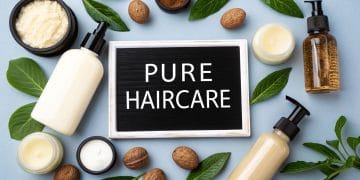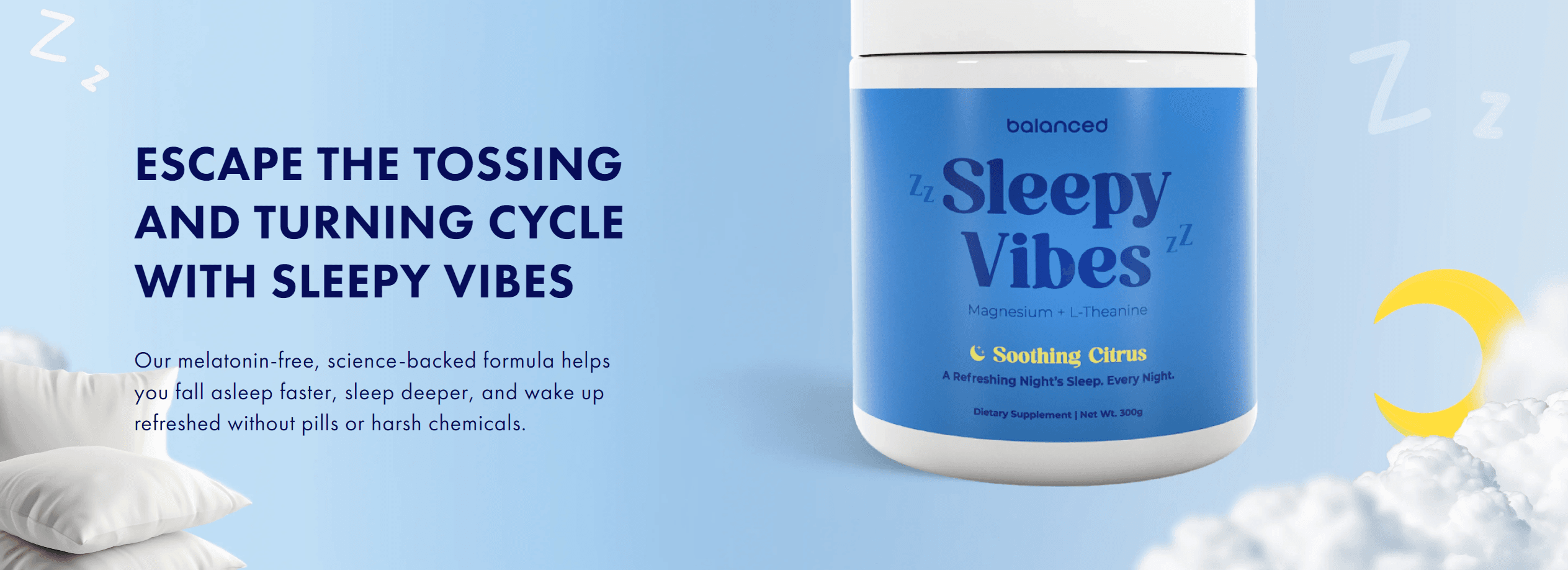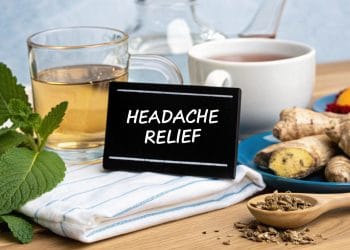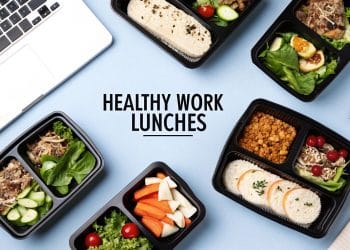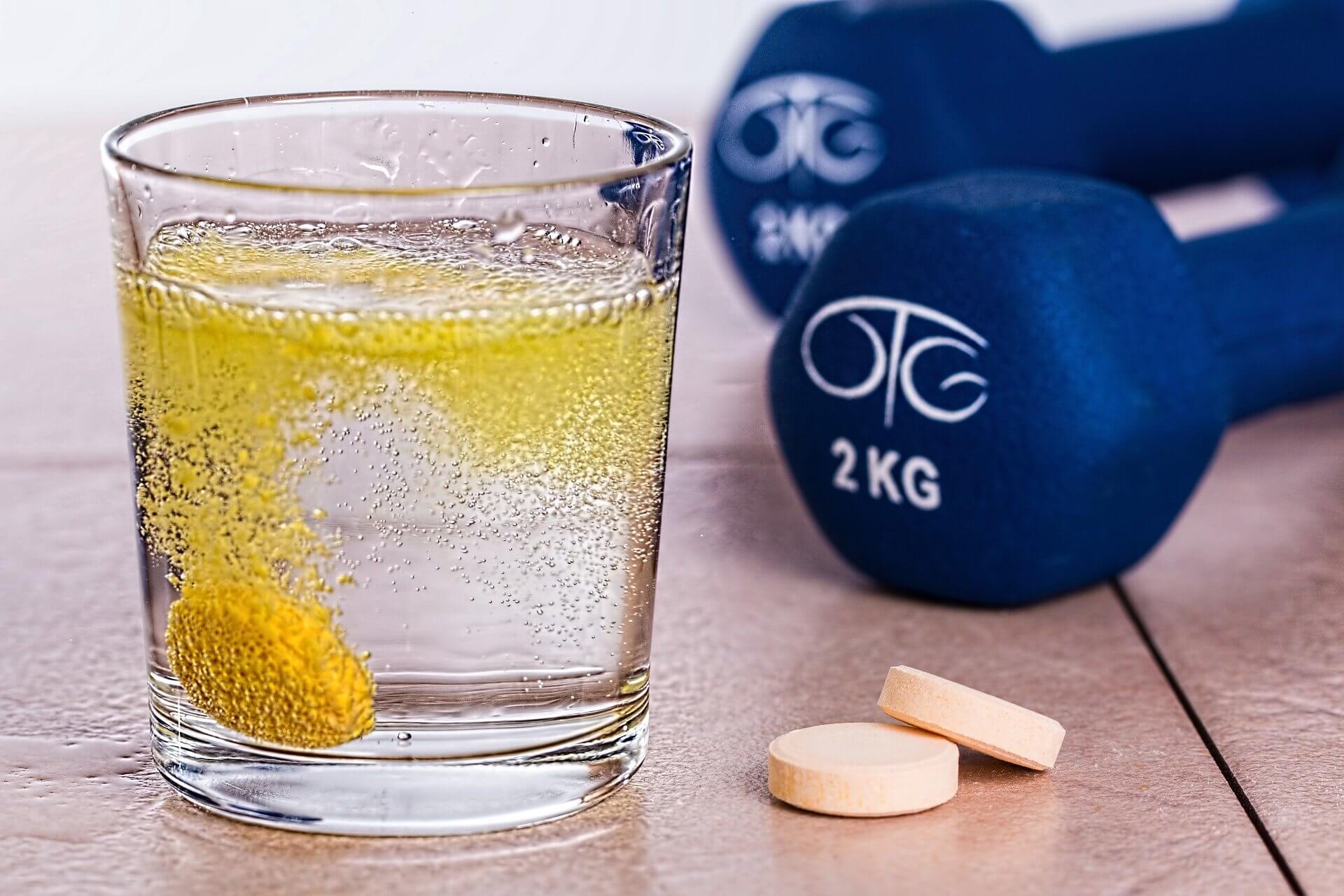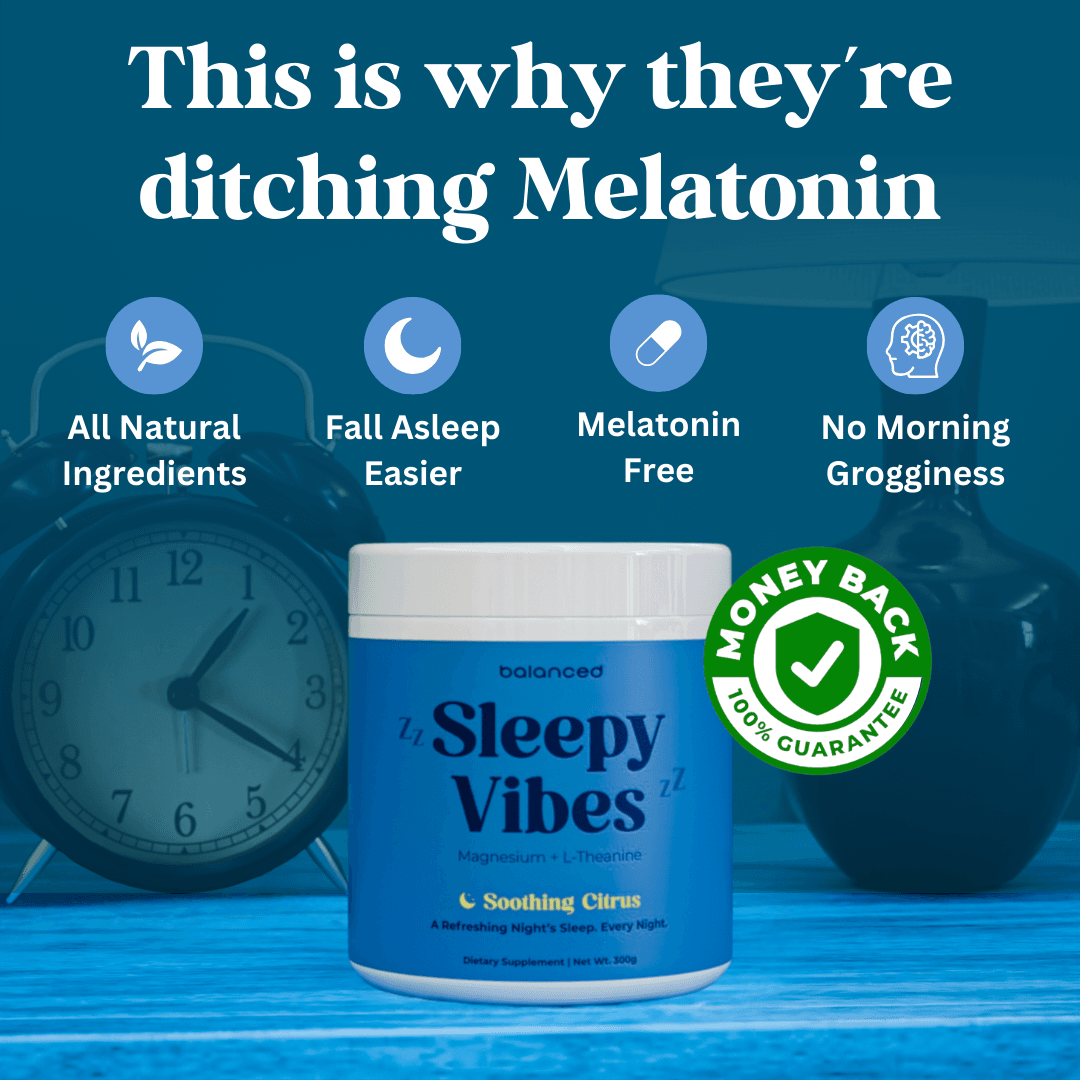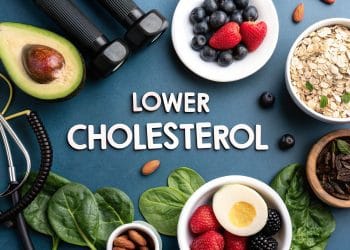Last Updated on July 23, 2025 by Lauretta Iyamu, PharmD
High cholesterol is a number on a lab report.
But it's also a call to action.
You have a lot of control over your cholesterol levels, and many tools don't need a prescription.
This guide shows you proven, natural ways to lower cholesterol.
We will cover specific things you can do right away.
From foods like fiber to supplements and exercise, each point is explained simply.
Let's start building your plan for a healthier heart.
1. Boost Your Diet with Soluble Fiber
Adding soluble fiber to your diet is a very effective way to lower cholesterol.
This nutrient dissolves in water and forms a gel in your stomach.
This gel soaks up cholesterol so your body can't absorb it.
This makes your liver pull more cholesterol from your blood, lowering your levels.
Studies show oat bran can lower cholesterol by up to 15% in 12 weeks.
How to Implement a High-Fiber Diet
Adding more soluble fiber to your meals is simple.
- Breakfast: Eat a bowl of oatmeal. You can also add psyllium husk to a smoothie.
- Lunch & Dinner: Add beans or lentils to soups and salads. Snack on apples or pears.
Practical Tips for Increasing Fiber
To get the best results, follow these tips.
- Start Slowly: Add a little fiber at a time. This helps your body get used to it.
- Hydrate Well: Fiber needs water to work. Drink plenty of fluids all day.
- Time Your Supplements: Take fiber supplements two hours before or after any medicine.
This infographic shows key data on soluble fiber.
Eating 10-25 grams of soluble fiber a day can lower bad cholesterol by 5-20%.
This video gives a great visual explanation.
2. Plant Sterol and Stanol Fortification
Another great natural way to lower cholesterol is using plant sterols and stanols.
These plant compounds look a lot like your body's cholesterol.
They block real cholesterol from being absorbed in your gut.
This makes your liver pull cholesterol from your blood, lowering your bad LDL levels.
Studies show this can lower LDL cholesterol by 6-15% in just a few weeks.
How to Implement Plant Sterol and Stanol Fortification
The easiest way to get them is through fortified foods.
- Fortified Spreads: Use margarines like Benecol. These can lower LDL by 10% in three weeks.
- Enriched Drinks and Foods: Look for fortified orange juice, yogurts, or milk.
Practical Tips for Using Sterols and Stanols
To make this work, use these products correctly.
- Aim for the Right Amount: You need about 2-3 grams per day. Check the labels.
- Consume with Meals: Have your fortified food with a meal to block cholesterol better.
- Combine with a Healthy Diet: This works best with a diet low in bad fats.
To learn more about healthy eating, read about the health benefits of a plant-based diet.
3. Regular Aerobic Exercise
Moving your body is a powerful way to lower cholesterol.
Aerobic exercise raises your "good" HDL cholesterol.
It also helps move "bad" LDL cholesterol out of your blood.
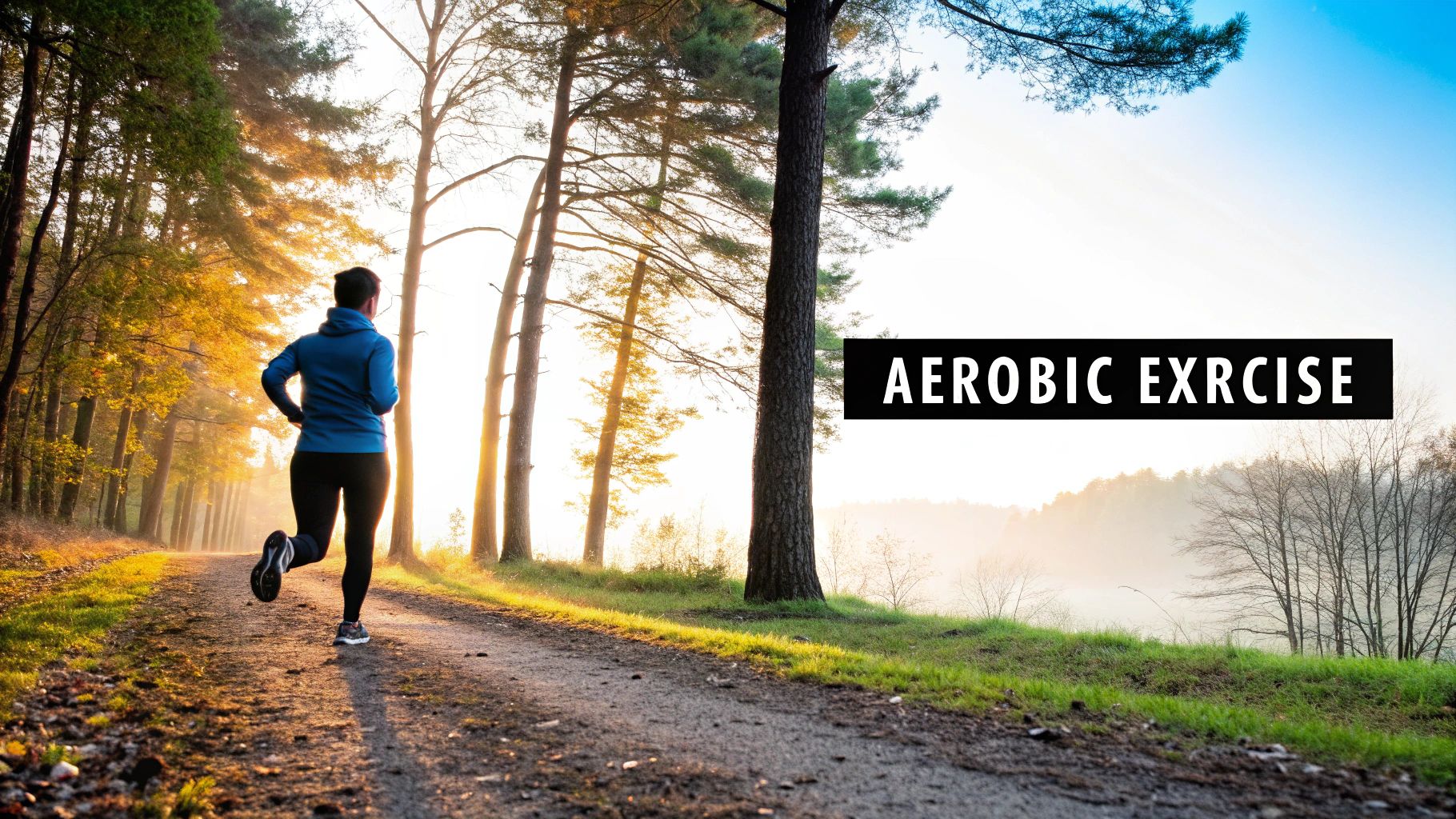
The benefits are real.
Walking 30 minutes a day can drop LDL levels by up to 12%.
Swimming can raise good HDL cholesterol by 20% in six months.
How to Implement Regular Exercise
Find an activity you enjoy and stick with it.
- Start with Walking: It's free and easy. A 30-minute walk five days a week is a great start.
- Find Joy in Movement: Choose things like dancing, swimming, or hiking.
- Combine with Strength: Add two days of weight training. This helps your metabolism.
Practical Tips for Starting an Exercise Routine
To build a safe habit, follow these tips.
- Follow the Guidelines: Aim for 150 minutes of moderate exercise per week.
- Begin Gradually: If you're new, start with 10-15 minute sessions.
- Listen to Your Body: Some soreness is normal, but sharp pain means you should rest.
4. Omega-3 Fatty Acid Supplementation
Omega-3 supplements are another great tool.
These essential fats are known for their heart benefits.
They work by lowering triglycerides, a type of fat in your blood.
This helps your cholesterol ratio and reduces inflammation.
The American Heart Association supports omega-3s for heart health.
How to Implement Omega-3 Supplementation
Adding omega-3s to your routine is easy with supplements.
- Choose Wisely: Pick high-quality fish oil or algae supplements. This ensures they are pure.
- Time it Right: Take your omega-3s with a meal that has some fat to help absorption.
Practical Tips for Using Omega-3s
To get the most benefit, remember these tips.
- Find Your Dose: A dose of 2-4 grams of EPA and DHA per day is common. Ask your doctor.
- Check the Label: Look at the EPA and DHA amount, not just the total fish oil.
- Vegetarian Options: Algae oil is a great plant-based source of EPA and DHA.
You can learn about the best omega-3 supplements on healthyavid.com.
5. Niacin (Vitamin B3) Therapy
Niacin, or Vitamin B3, is a strong tool for lowering cholesterol.
In high doses, it can improve your whole cholesterol profile.
It stops the release of fat from your body's tissue.
This lowers bad LDL and raises good HDL cholesterol.
Studies show it can raise good HDL by up to 25%.
How to Implement Niacin Therapy
Using niacin for cholesterol requires a doctor's guidance.
- Start with a Low Dose: Begin with a small amount, like 100-250mg daily.
- Take with Food: This helps prevent an upset stomach.
- Choose the Right Formulation: Extended-release types can reduce side effects.
Practical Tips for Using Niacin
Follow these guidelines for safety and success.
- Gradual Increase: Slowly raise your dose with your doctor's help.
- Monitor Liver Function: High doses can affect your liver. Get regular blood tests.
- Manage the Flush: A "niacin flush" is common. Taking an aspirin beforehand might help, but ask your doctor first.
6. Consider Red Yeast Rice Extract
Red yeast rice is a traditional remedy that lowers cholesterol.
It is made by fermenting rice with a special yeast.
This creates a compound called monacolin K, which works like a prescription statin drug.
It blocks the main enzyme your liver uses to make cholesterol.
Studies show it can lower bad LDL cholesterol by up to 23%.
How to Implement Red Yeast Rice Safely
Using red yeast rice is like taking a drug, so talk to a doctor.
- Consult a Professional: Always talk to your doctor before starting.
- Choose Standardized Products: Look for supplements that guarantee the amount of monacolin K.
- Start with a Low Dose: See how your body reacts before taking more.
Practical Tips for Using Red Yeast Rice
To use this safely, follow these tips.
- Read Labels Carefully: Choose a good brand that tests for toxins.
- Monitor Your Levels: Get your cholesterol checked regularly to track progress.
- Be Aware of Interactions: It can interact with other drugs. Tell your doctor everything you take.
7. Green Tea Consumption
Drinking green tea is another simple way to lower cholesterol.
It is full of powerful antioxidants called catechins.
These compounds block cholesterol from being absorbed in your gut.
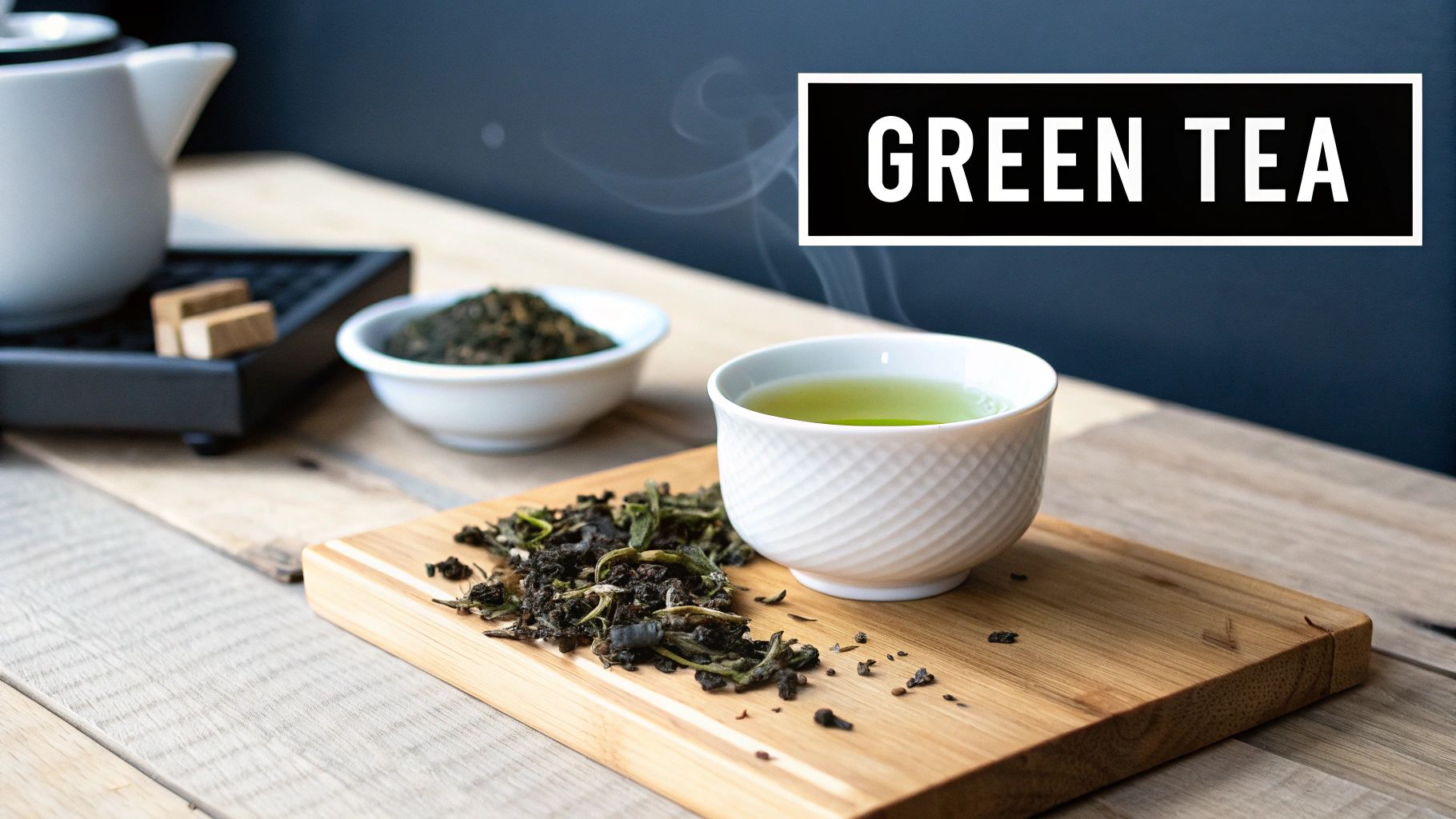
This helps lower your bad LDL cholesterol levels.
Research shows regular green tea drinkers have lower LDL.
People in places like Japan, who drink a lot of green tea, have lower rates of heart disease.
How to Implement Green Tea Consumption
Making green tea a part of your day is easy.
- As a Daily Beverage: Have a warm cup in the morning or a cold glass in the afternoon.
- Supplement Form: If you don't like tea, green tea extract supplements are a good option.
Practical Tips for Using Green Tea
To get the most from your tea, follow these tips.
- Drink 3-4 Cups Daily: This amount has shown benefits in studies.
- Proper Steeping: Let it steep for 3-5 minutes in hot, not boiling, water.
- Avoid Milk: Milk can make the antioxidants less powerful.
You can also explore other healthy drinks like weight loss teas.
7 Natural Cholesterol-Lowering Methods Comparison
| Intervention | Implementation Complexity | Resource Requirements | Expected Outcomes | Ideal Use Cases | Key Advantages |
|---|---|---|---|---|---|
| Soluble Fiber Supplementation | Low – requires dietary changes or supplements | Moderate – needs consistent daily intake, water | LDL reduction 5-20%, improved digestion | Individuals seeking moderate LDL reduction and better gut health | Safe, additional digestive benefits, food/supplement sources |
| Plant Sterol and Stanol Fortification | Low – consume fortified foods or supplements | Moderate – requires specific products | LDL reduction 6-15% | Those needing moderate LDL reduction, combining with diet | FDA-approved, safe, synergistic with other methods |
| Regular Aerobic Exercise | Moderate – requires time and commitment | Low – exercise equipment optional | HDL increase 5-15%, LDL reduction 10-15%, overall heart health | People aiming to improve cardiovascular health and weight | Comprehensive benefits, improves HDL, reduces inflammation |
| Omega-3 Fatty Acid Supplementation | Low to Moderate – supplements or diet change | Moderate – quality supplements needed | Triglyceride reduction 15-30%, HDL improvement | Individuals targeting triglycerides and HDL enhancement | Extensive clinical evidence, anti-inflammatory effects |
| Niacin (Vitamin B3) Therapy | Moderate to High – needs medical supervision | Moderate – controlled dosing required | HDL increase 20-35%, LDL reduction 10-25% | Patients requiring significant lipid profile improvement | Highly effective, affordable compared to meds |
| Red Yeast Rice Extract | Moderate – requires supplement use, monitoring | Moderate – standardized products recommended | LDL reduction 15-25% | Statin-intolerant patients or supplement users | Natural statin alternative, generally well tolerated |
| Green Tea Consumption | Low – daily beverage intake | Low – regular purchase of quality tea | LDL reduction 5-15%, antioxidant benefits | Individuals seeking modest cholesterol improvement with antioxidants | Safe, easy to incorporate, anti-inflammatory properties |
Your Next Step Towards a Healthier Heart
Lowering your cholesterol can feel like a big task.
But you have many powerful tools you can use.
The journey is about making small, lasting changes that add up over time.
Real power comes from being consistent.
The methods we talked about all work together to support your heart.
Charting Your Personal Course
The best plan is the one you can actually stick with.
You don't need to do everything at once.
The key is to start small and build from there.
Look at your daily routine.
Could you add fiber to your morning smoothie?
Maybe switch to a plant sterol spread?
Committing to three 30-minute walks a week might feel doable.
Pick one or two methods that feel right for you.
Make them a habit before adding something new.
This is one of the best natural ways to lower cholesterol for good.
A Proactive Partnership for Your Health
This knowledge helps you take part in your own health.
These natural methods are powerful, but they should work with medical advice, not replace it.
Always talk to your doctor before starting a new supplement or making big health changes.
This ensures your choices are safe and right for you.
You are in control of your well-being.
Lower cholesterol means more energy, more vitality, and more peace of mind.
Your journey to a healthier heart starts with one step.
Which of these natural methods will you try first?
Ready to take control of your wellness with trusted, high-quality supplements? At Healthy Avid, we provide rigorously tested products, from Omega-3s to green tea extracts, designed to support your cholesterol management goals. Visit Healthy Avid to explore our curated selection and find the perfect natural support for your heart health journey.

